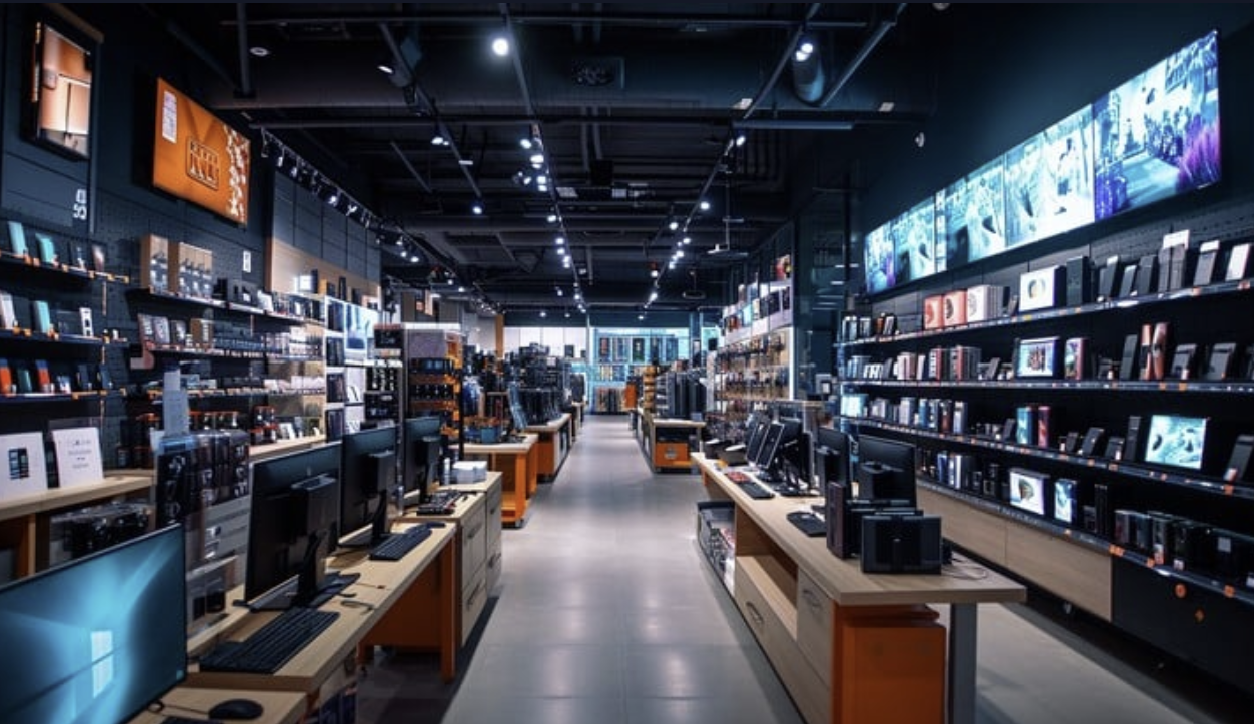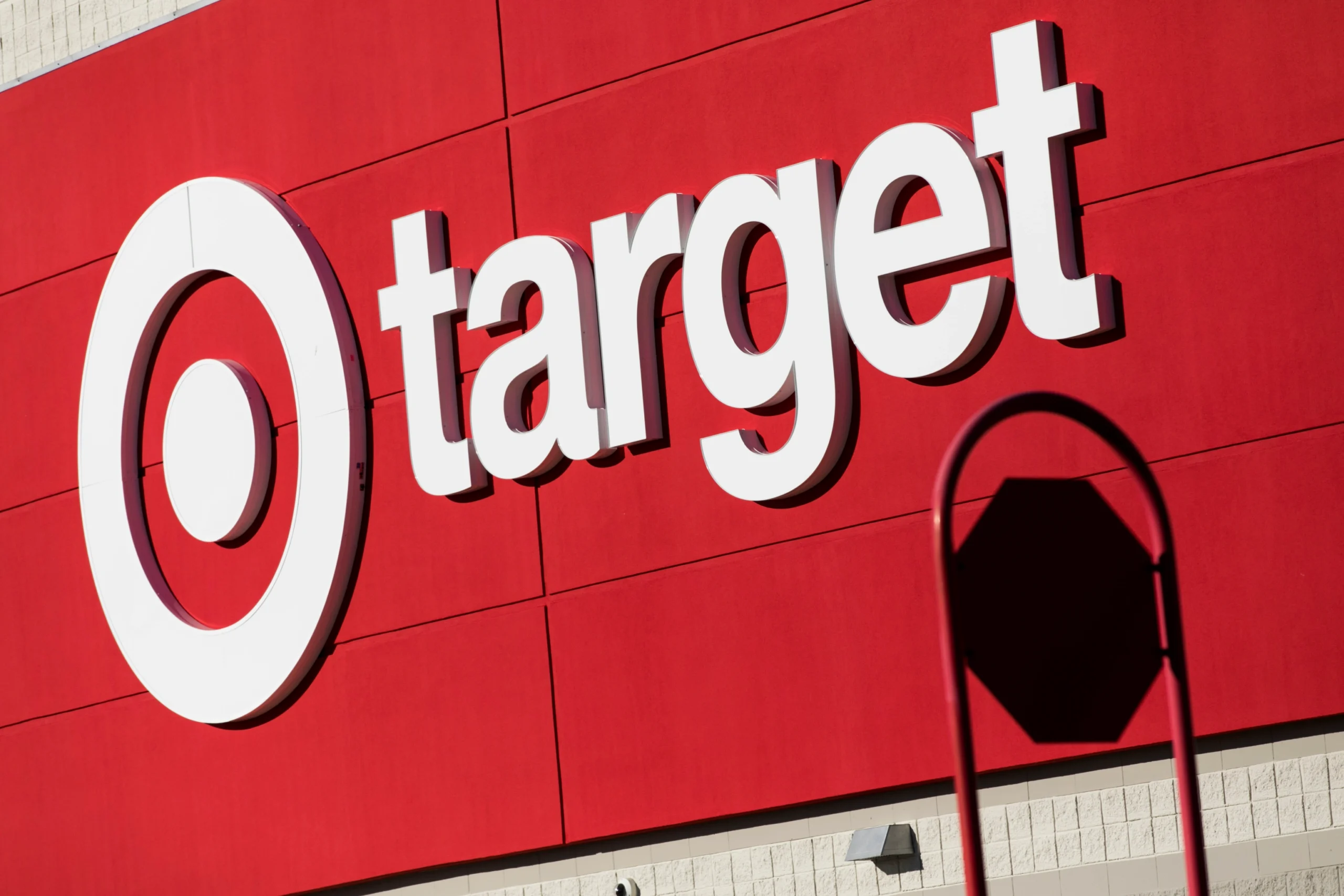The retail landscape is undergoing a massive transformation. With the rapid rise of e-commerce, brick-and-mortar stores are redefining their roles to stay relevant in a digital-first world. By 2026, the future of physical retail will depend on how well it blends in-store experiences with digital innovation while maintaining the human connection shoppers still value.
In this post, we’ll explore:
- The current retail landscape
- Key retail trends shaping 2026
- Case studies of successful retailers
- Actionable strategies for product manufacturers looking to thrive in physical retail
By the end, you’ll have a clearer understanding of where retail is heading and how to position your brand for success in the years ahead.
The Current Retail Landscape
The Rise of E-Commerce
E-commerce continues to reshape how consumers shop. With convenience, speed, and endless variety, online sales now account for a growing share of total retail revenue. For product manufacturers, this shift means embracing omnichannel distribution strategies that balance both online and offline channels.
The Enduring Role of Brick-and-Mortar Stores
Despite online growth, brick-and-mortar stores remain essential. They offer sensory experiences, immediate product access, and face-to-face customer service—things digital platforms can’t replicate. Today, many retailers use their stores as experience centers, pickup hubs, and return locations, blending convenience with engagement.
Challenges for Physical Retail
Traditional stores face high operational costs, inventory pressures, and the constant need to innovate. Yet, these challenges also present opportunities. Manufacturers who partner with retailers to create efficient, engaging in-store experiences can stand out and win long-term customers.
Retail Trends and Technologies Shaping 2026
1. Enhancing the In-Store Experience
By 2026, in-store engagement will be a key differentiator. Retailers are using interactive displays, AR/VR tools, and experiential showrooms to help shoppers visualize and connect with products. These immersive experiences turn visits into events—boosting both loyalty and conversion rates.
2. Personalization Through Data and Insights
Modern consumers expect personalized shopping experiences. With the help of AI and data analytics, retailers can better understand customer preferences and deliver tailored recommendations. For manufacturers, this means developing products that align with data-driven insights and collaborating with retailers to enhance personalization.
3. Smart Retail Technology
Technology integration is revolutionizing physical retail. Tools like smart shelves, RFID tracking, digital price tags, and cashier-less checkout systems are making shopping faster and more efficient. Manufacturers that align their products with these innovations can meet the expectations of tech-savvy shoppers and retail partners alike.
Case Studies: Retailers Leading the Brick-and-Mortar Revolution
Walmart: Technology-Driven Transformation
Walmart continues to invest in digital tools to enhance the in-store experience. From mobile apps and digital payment options to a seamless online-to-offline shopping journey, Walmart has proven that physical retail can thrive when paired with innovation.
Best Buy: The Tech-Centric Retailer
Best Buy has embraced its tech roots by offering personalized in-store consultations and tech workshops. This approach positions the brand as more than a store—it’s a destination for expertise and community, driving both sales and loyalty.
Target: Omnichannel at Its Best
Target’s omnichannel strategy connects its physical and online stores with services like curbside pickup and same-day delivery. This flexibility enhances customer convenience and keeps Target competitive in both the physical and digital arenas.
Strategies for Product Manufacturers
1. Innovate to Meet Consumer Demand
To succeed in retail, manufacturers must continuously innovate. By tracking consumer trends and adapting designs accordingly, you can create products that resonate in today’s dynamic retail environment.
2. Build Strategic Retail Partnerships
Strong collaboration with major retailers like Walmart, Target, or Best Buy is critical. Through co-marketing efforts, exclusive launches, and data-sharing partnerships, manufacturers can tap into established distribution networks and boost brand visibility.
3. Leverage Data for Smarter Decisions
Use data analytics to refine your retail strategy. By studying market trends, consumer feedback, and sales data, you can optimize product offerings, forecast demand, and create more effective marketing campaigns.
The Future of Brick-and-Mortar Retail
A Seamless, Connected Shopping Journey
The future of physical retail is hybrid. By 2026, customers will move fluidly between online and offline shopping—researching products online, trying them in-store, and completing purchases however they prefer. Retailers that deliver this unified experience will dominate.
Opportunities for Growth
The next few years will present major opportunities for both retailers and product manufacturers. Businesses that embrace technology, data, and collaboration can create an ecosystem that meets evolving consumer expectations while fueling innovation and growth.
Conclusion: Preparing for the Next Era of Retail
The retail world is changing fast—and adaptation is key. For product manufacturers, now is the time to partner with major retailers, invest in technology-driven innovation, and align your brand with emerging shopping behaviors.
The future of brick-and-mortar retail lies in agility, creativity, and collaboration. By prioritizing customer experiences, data-driven strategies, and strong retail relationships, your brand can thrive in the evolving retail landscape of 2026 and beyond.
Ready to Launch Your Brand in Retail?
If you’re ready to grow your product brand in retail, our team at Retailbound can help. Since 2008, we’ve helped countless brands successfully launch, scale, and manage retail partnerships across 150+ retailers in the U.S. and Canada.
Contact us today to learn how Retailbound can help your brand stand out in both physical and digital retail.
About the Author
Yohan Jacob is the President and Founder of Retailbound, a leading retail channel management consultancy. Retailbound helps brands bridge the gap between product creation and retail success—offering services in retail strategy, buyer engagement, sales management, and channel marketing. Whether you’re a startup or an established brand, Retailbound provides the expertise and guidance you need to increase your retail presence and drive sustainable growth.



